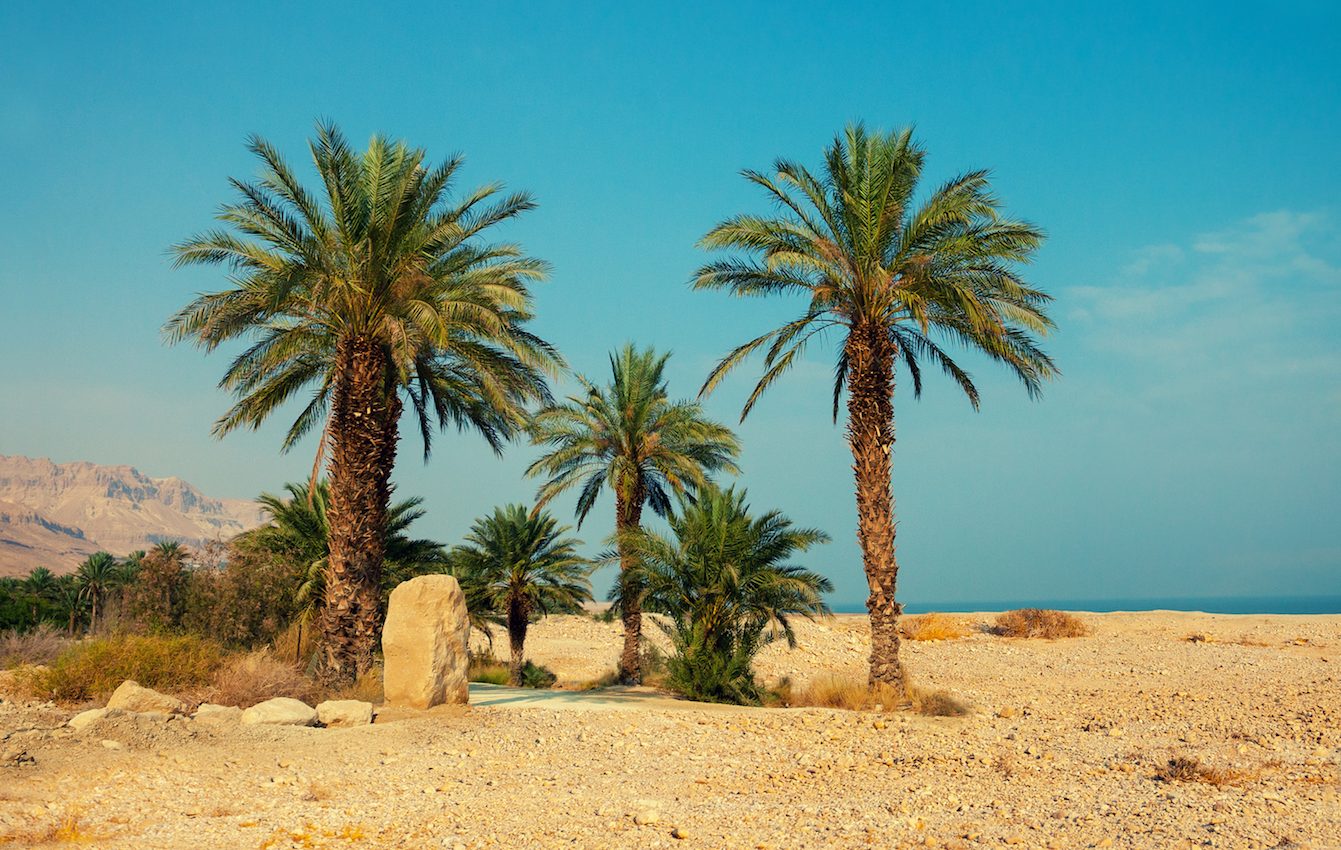
Desert plants use a secret weapon to endure the extreme heat
Botanists Markus Riederer and Amauri Bueno from Julius-Maximilians-Universität Würzburg (JMU) in Germany have finally cracked the case of what guards desert plants against brutal heat — up to 56 degrees Celsius (133 degrees Fahrenheit). They found that a natural high-temperature wax keeps plants’ leaves from drying out.
Plant leaves have invisible skins that keep them from drying out. These skins are made from small individual pores, called stomata, that can open and close as needed.
“[The plant] thereby uptakes the carbon dioxide the plant needs for photosynthesis,” said Professor Riederer, head of the JMU Chair of Botany II.
But each time a plant opens its stomata to receive carbon dioxide, water evaporates. So, where does that leave desert plants? It turns out each plant deals with this issue in a unique way.
For example, colocynth (Citrullus colocynthis), better known as bitter cucumber, opens pores to cool down by transpiration cooling, or “sweating.” It can do so because it has a deep root that can trap water deep in the soil and replenish its hydration as needed.
“This makes colocynth a water-spender,” Professor Riederer explained.
In contrast, the desert date palm is a “water-saver.” Instead of “sweating,” the date palms’ leaves are able to stand high heat thanks to a special nearly-impermeable wax embedded in its skin. Each desert plant seemingly has this wax, but the permeability of the wax differs from plant to plant.
Bueno and Riederer are still piecing together the chemistry of the wax to better understand this difference between plants and their wax content. However, they realize that this information may be crucial for future plant breeders who aim to breed plants that can survive in hot temperatures.
Their findings are published in the Journal of Experimental Botany.
—
By Olivia Harvey, Earth.com Staff Writer













